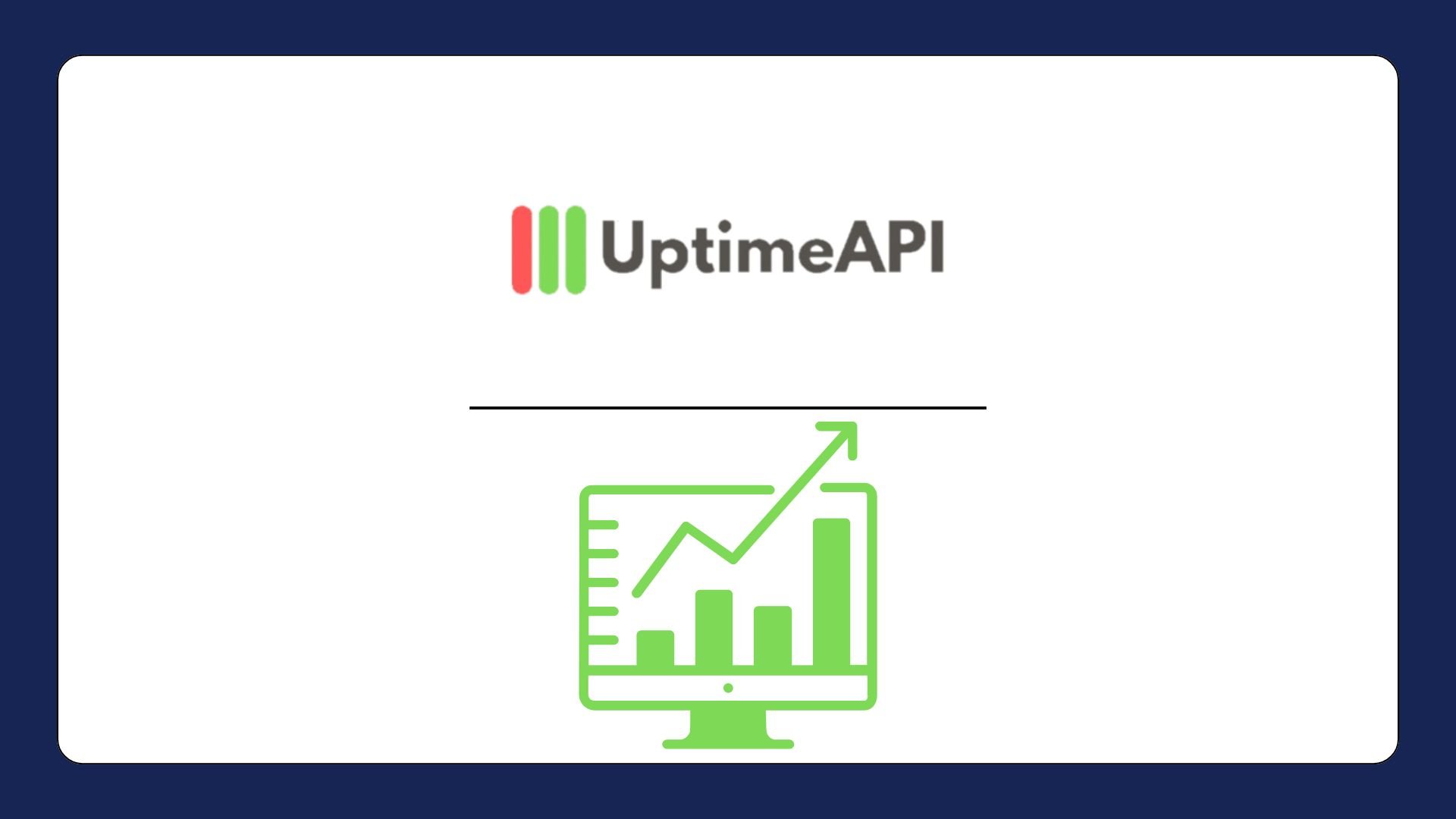API Performance Tracking: Enhance User Experience

Making sure that APIs are operating smoothly, with little downtime and maximum performance, is one of the most important parts of maintaining them. API Performance Tracking becomes essential at this point. With the correct solution, such as Uptime API, you can keep an eye on your API's performance in real time, making sure your service functions properly and lives up to the high standards of today's users.
How Uptime API Boosts API Performance Tracking
One of the most crucial aspects of application performance is reliability. By giving them the resources they require to guarantee that their APIs are always accessible and live, Uptime API shines in this area. The Uptime API enables developers to promptly detect and fix problems, frequently before they have an impact on consumers, through real-time alerts and ongoing monitoring.
After using Uptime API for API performance tracking, many companies have seen notable increases in uptime. Businesses can take proactive measures to address minor issues before they become severe ones by monitoring comprehensive performance data and configuring customisable warnings. Because of this, businesses' uptime rates have skyrocketed, offering consumers more dependable services and raising customer satisfaction levels overall.
The Uptime API's real-time monitoring capabilities are among its most notable features. The API immediately notifies the development team when an API's performance begins to deteriorate, whether as a result of increased traffic, server problems, or coding flaws. Teams are able to take swift action thanks to these warnings, fixing problems before users are impacted. In the cutthroat digital world of today, where users are impatient with slow or unresponsive apps, this quick response time is essential. Businesses may reduce downtime and enhance overall application performance by utilizing this API to make sure that any problems are fixed before they affect the end user.
Analyzing API Performance Data for Continuous Improvement
One of the long-term benefits of using this API is the ability to collect and analyze performance data over time. By examining trends in API performance, developers can identify potential bottlenecks and areas for improvement. For example, if a particular endpoint consistently exhibits slower response times during periods of high traffic, developers can optimize their infrastructure to better handle peak loads.
Additionally, Uptime API’s detailed reports provide valuable insights that help businesses make informed decisions about their API management strategies. By leveraging this data, companies can continuously improve their application performance, ensuring that their APIs remain fast, reliable, and responsive.
In conclusion, API performance tracking is essential for any business that relies on APIs to deliver services to its users. By ensuring your APIs are performing optimally, you can avoid costly downtime, provide a better user experience, and stay ahead of the competition. With Uptime API, businesses have access to a powerful tool that allows them to track real-time performance, receive alerts, and analyze long-term trends, all of which contribute to improving the reliability and performance of their applications.
For businesses looking to enhance their API performance tracking, the API offers a comprehensive solution that is easy to implement and scalable to meet the needs of any organization. By using it, you can ensure your APIs remain fast, reliable, and available, helping you deliver the best possible experience to your users.

